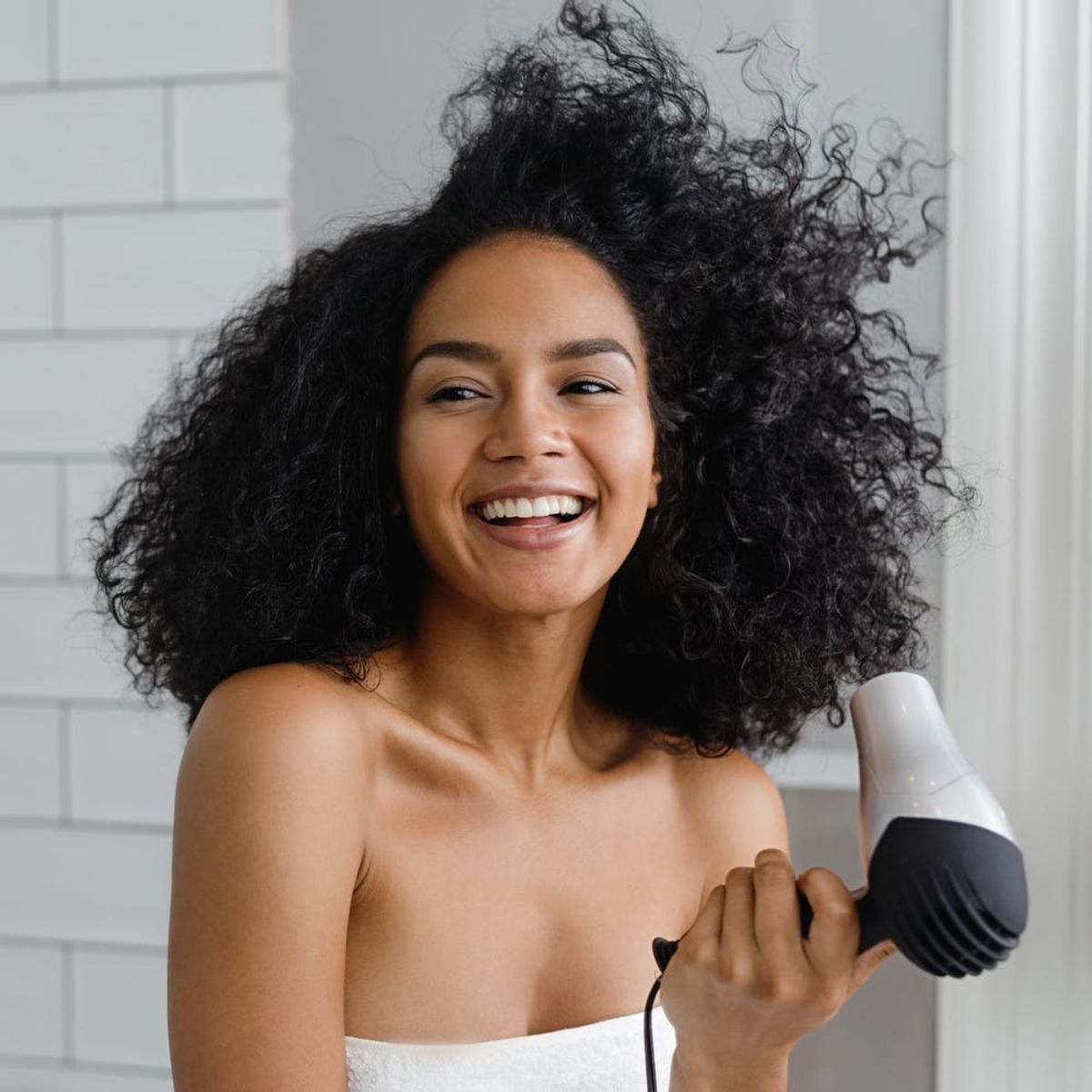Get to the root of the problem.
How to Repair Your Hair Section-by-Section

When it comes to mending damaged strands, there isn't a one-size-fits-all solution. Breakage at the very tip of your tresses should be tackled differently than irritation at the scalp or mid-length dryness. If you want strong, healthy locks, it's important to get to the root of how to repair the area that's in need of extra TLC. Read on to learn how to get your hair in tip-top shape, section by section.

If your scalp is damaged
Your scalp is the breeding ground for healthy hair, so it's crucial to keep it clean and hydrated to ensure your mane grows long and strong. “If you're experiencing scalp damage, it's usually caused by some kind of inflammation," says celebrity hairstylist Joel Warren, whose clients include Jessica Alba and Scarlett Johansson. “I recommend using a product with tea tree oil in it for nourishment, but see a dermatologist if the problem persists." Look for a product like Avalon Organics Tea Tree Oil Scalp Treatment Shampoo ($20) to gently cleanse, balance out your moisture levels, and calm irritation. If your scalp feels extra dry and itchy, Sharon Dorram, master colorist at Sharon Dorram Color at Sally Hershberger, has a simple — but effective — solution. “Repairing the scalp is plain and simple: Use coconut oil," she says. “Slather it onto a damaged scalp to soothe and condition. It's been used for decades in many foreign cultures."
If your hair is damaged at the root
Whether it's due to using a too-hot heat tool orthe wrong hairbrush, the strands at your roots can become frizzy or brittle with daily wear and tear. The roots can also be inflamed and compromised from products and chemicals though, so take note if you notice itching, burning, or extra breakage. “If your roots are damaged, it could be caused by some kind of color or chemical treatment you're having a reaction to," Warren explains. “Seek advice from the professional who provided your service to understand what's causing the reaction."
If your hair is damaged mid-length
This section of your hair is exposed to constant cleansing, brushing, and styling, so it's prone to damage you can see and feel. “Mid-length damage would result from over-processing of color," Warren tells us. “You should also avoid overusing a heating tool and always use a styling protectant." Dorram, who loves a good DIY solution, recommends slathering your strands in vitamin E oil for this section, noting that it'll leave your locks “shiny and elastic." That said, if you need to step up your treatment game, look no further than your local drugstore. “One of my favorite leave-on products is Johnson's Baby Creamy Oil ($5)," she says. “I love that it's not greasy at all, I can find it easily, and it works well to quickly condition that mid-length area."
If your hair is damaged on the ends
Brittleness, weak strands, and split ends all contribute to damaged tips, so actively protecting — and moisturizing — those precious ends is crucial. “Never use a heat tool without first adding a product to protect the hair from it," recommends Warren. After your ends are shielded from high temperatures with a product like Aveda Brilliant Damage Control ($21), Dorram says it's time to focus on hydration. “Damaged ends needs to be moisturized, so leave on your favorite cream-based hair mask," Dorram suggests. “It will help keep ends healthy and less brittle." There's one last fix for fried ends if you're still seeing breakage — you might be in need of a good, old-fashioned haircut. “Another reason you'll see damaged ends is because your hair has reached its maximum length," Warren explains. “If your ends are thin and broken, the only thing you can do is cut them." Your hair can actually reach a maximum length, just like we can reach a maximum height. Who knew?!
Follow us on Pinterest for more hair inspo and info.
Brit + Co may at times use affiliate links to promote products sold by others, but always offers genuine editorial recommendations.
(Photo via Getty)



















